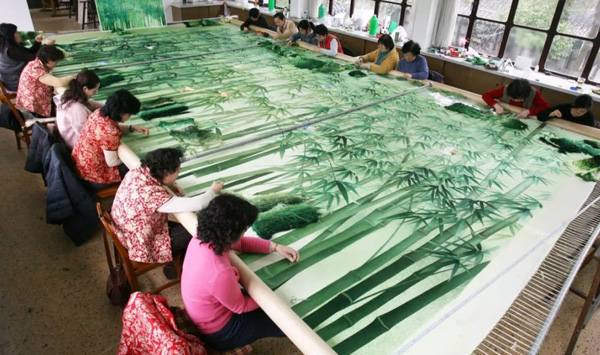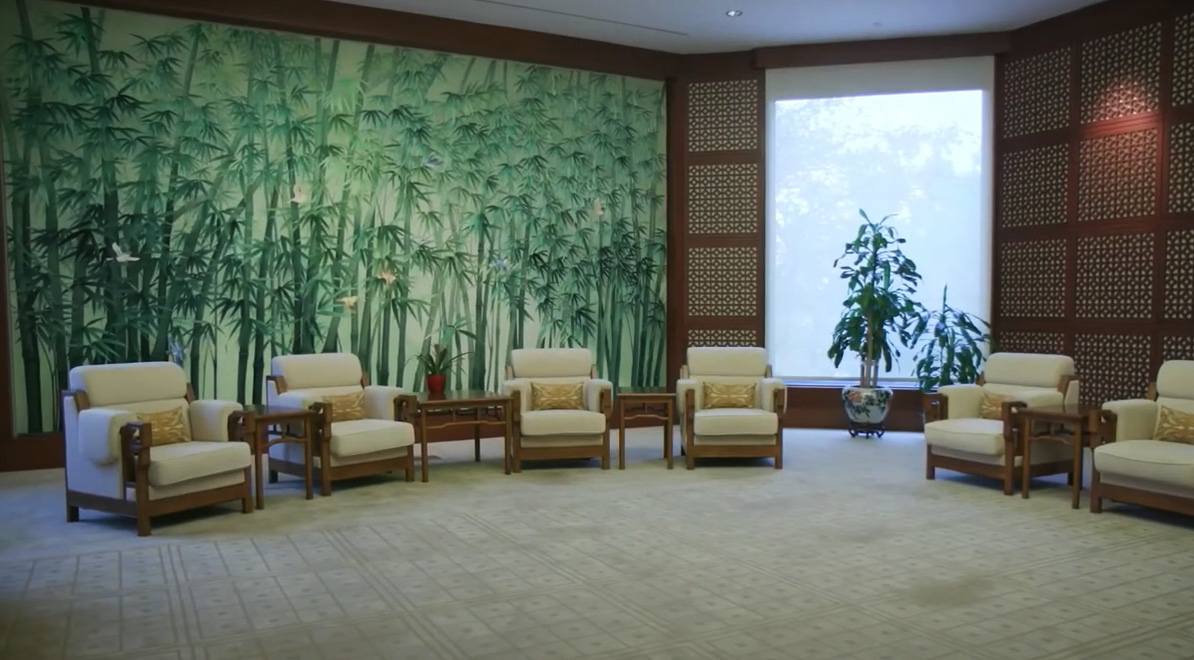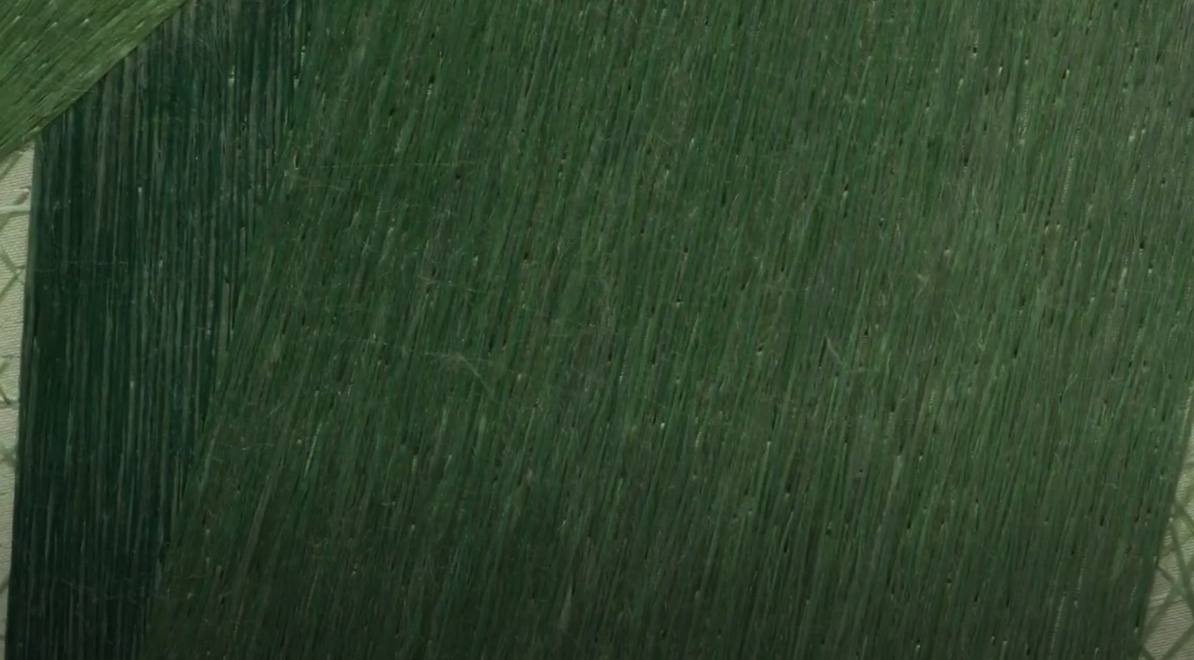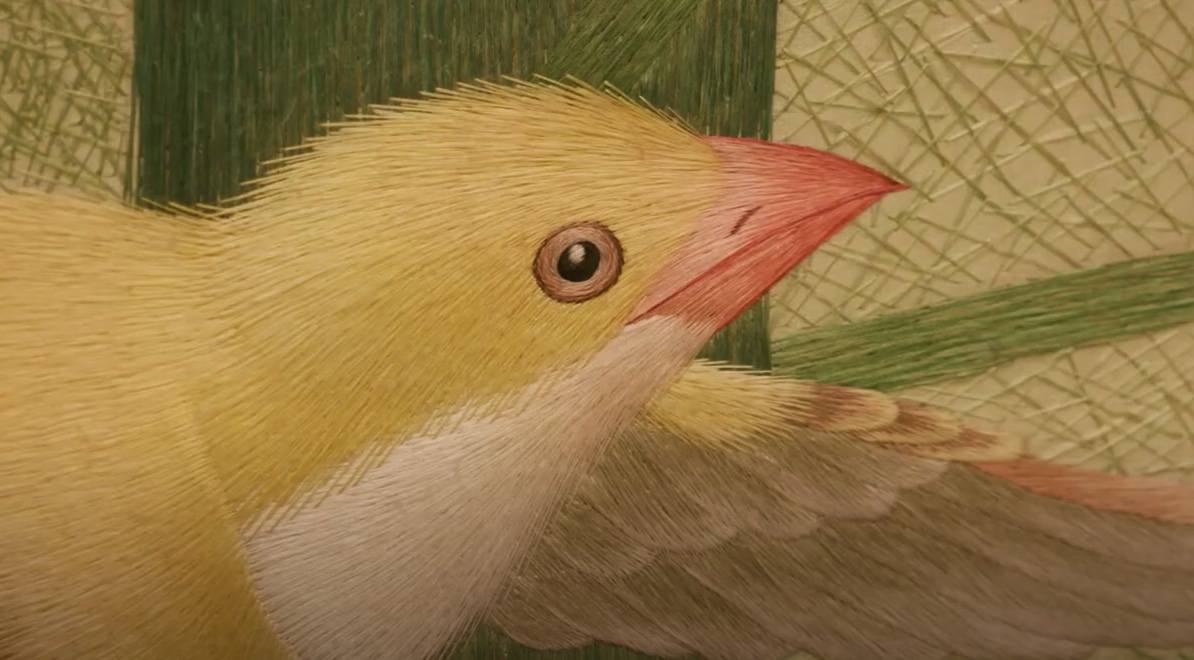

About
About Su Embroidery
Su embroidery, or Suzhou embroidery, is an ancient Chinese art form with a history spanning over 2,500 years. Originating in Suzhou, Jiangsu Province, China, it is celebrated for its exquisite needlework and the use of fine silk threads on silk fabric. It is one of the four styles of Chinese embroidery and widely regarded as the best Chinese embroidery in China.
A Brief History of Su Embroidery (Suzhou Embroidery)
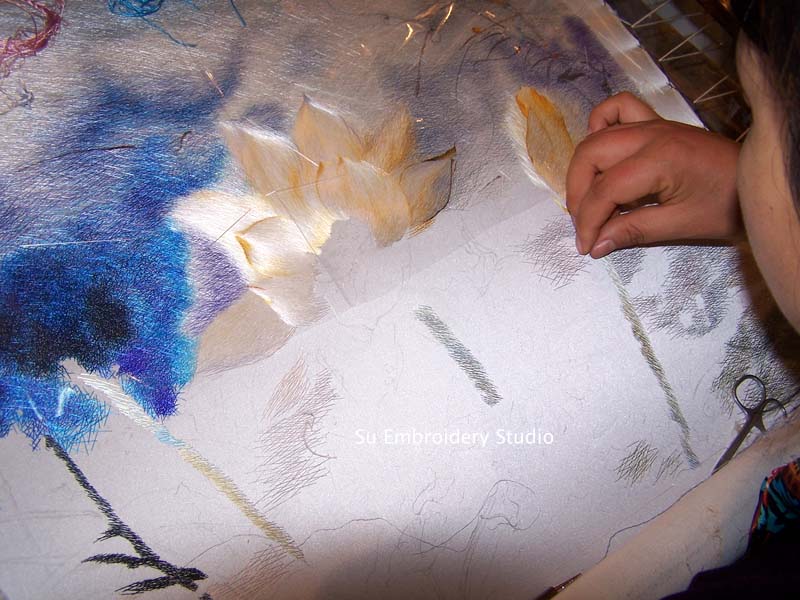
Suzhou embroidery, from Jiangsu Province, was hand-made and noted for its elaborate designs, rich colors, and fine needlework. Suzhou embroidery has a long history. In ancient times, people living south of the Yangtze River, in the areas where many rivers crisscrossed, relied on fishing as a food source. In order to work in the water, people in the Wu State (which covered parts of what are now the provinces of Jiangsu, Anhui and Zhejiang) cut their hair short and tatooed their bodies with dragons. As their society progressed, they began to wear clothes, but some still like to sport tattooos.
Legend has it that a lovely young girl embroidered tattoo designs on clothes for her fellow villagers so that they could avoid the painful process of skin tattoos. This not only helped the local tribes preserve their custom of worshipping primitive totems, but also added richness to the tattoo colors. According to a book written by Liu Xiang in the Han Dynasty, people in the Wu State wore embroidered clothes in the Spring and Autumn Period (770 - 476 BC) when welcoming or seeing off visitors. Thus the customs of incorporating designs into haircutting and tattooing in the Wu area 2,5000 years ago were replaced by adding artistic designs to brocade and embroidery.
Su embroidery is one of the oldest and most renowned forms of Chinese embroidery. Its history can be traced back over 2,500 years to the Spring and Autumn Period (770 - 476 BC) and the Warring States period (475-221 BC).
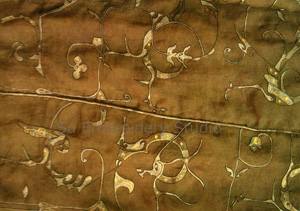
The origins of Su embroidery can be traced to the ancient city of Suzhou in Jiangsu Province, China. Suzhou has a long history of silk production and textile craftsmanship, making it a natural hub for the development of embroidery techniques.
During the Han Dynasty(206 BC - 220), Su embroidery began to gain recognition for its intricate and delicate craftsmanship. It was highly prized among the nobility and aristocracy, and silk threads from Suzhou were sought after for their quality.
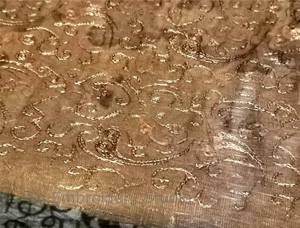
Su embroidery continued to flourish during the Tang Dynasty(618-907) and reached new levels of artistic expression. It was during this time that Su embroidery began to incorporate elements of painting and calligraphy, with embroidered landscapes and poetic themes becoming popular.
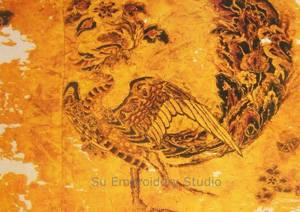
The Song Dynasty(960-1279) is often considered the golden age of Su embroidery. Embroidery artists in Suzhou refined their techniques by creating exquisite works of art that were renowned both within China and abroad. The Song Dynasty saw the development of the "double-sided embroidery" technique, where intricate designs were stitched on both sides of a translucent silk fabric.
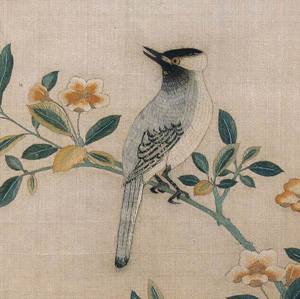
During the Yuan and Ming Dynasties (1271-1644), Su embroidery continued to evolve. The Ming Dynasty, in particular, saw a resurgence of interest in traditional Chinese arts and culture, leading to further advancements in embroidery techniques and designs.
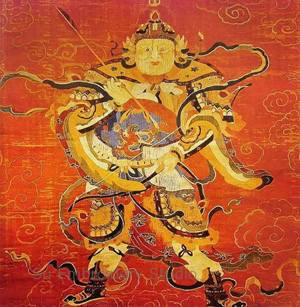
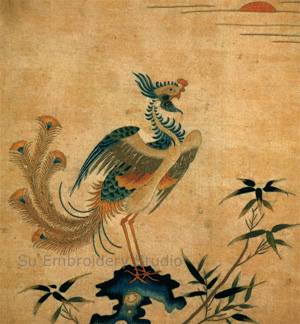
Su embroidery reached its zenith during the Qing Dynasty (1644-1912), a remarkable era despite the economic and political challenges it faced. Dedicated embroidery artists continued to produce and preserve this exquisite art form, contributing to its enduring legacy.
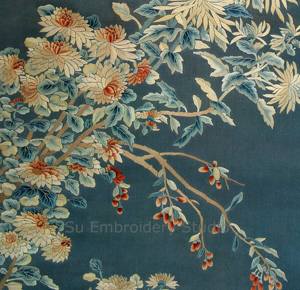
In the 20th century, efforts were made to revive and promote Su embroidery as a cultural treasure. Artists and organizations worked to pass on the traditional techniques and ensure its survival in a changing world.
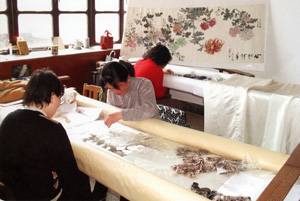
Today, Su embroidery remains a highly regarded and internationally recognized form of Chinese silk embroidery. It has adapted to contemporary tastes while preserving its traditional techniques and it continues to be showcased in museums, exhibitions, and cultural exchanges around the world.
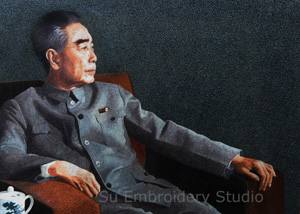
Su embroidery's rich history and intricate craftsmanship have earned it a special place in the world of textile art. It is celebrated for its delicate stitches, vibrant colors, and the ability to convey intricate themes through silk threads.
Why Su Embroidery Stands Out from the Four Styles of Chinese Embroidery
There are four main types of Chinese embroidery in China based on the locations where the silk embroidery is made, Suzhou embroidery - Su embroidery, Hunan embroidery - Xiang embroidery, Sichuan embroidery - Shu embroidery and Guangdong embroidery - Yue embroidery.
1. Suzhou Embroidery (Su Embroidery): Suzhou embroidery, originating in Jiangsu's Suzhou, is celebrated for its meticulous needlework, intricate imagery, and vibrant color palette. It frequently draws inspiration from the natural world, showcasing themes of flowers, birds, and landscapes.
2. Hunan Embroidery, also referred to as Xiang Embroidery, finds its roots in Hunan Province. It stands out with its bold and lively designs that frequently incorporate elements of local culture and scenic landscapes. These artistic creations proudly showcase the distinctive identity of the region.
3. Sichuan Embroidery (Shu Embroidery): Sichuan embroidery, originating in Sichuan Province, is distinguished by its precise artistry and meticulous craftsmanship. It often features motifs rooted in traditional Chinese culture, such as calligraphy and paintings, showcasing a rich cultural heritage.
4. Guangdong Embroidery (Yue Embroidery): Originating in Guangdong Province, Yue embroidery is celebrated for its elegant simplicity. Its designs frequently encompass marine elements like fish, as well as flowers and birds, reflecting the region's maritime culture.
Nowadays Su embroidery is widely acknowledged as the finest and most renowned silk embroidery in China, while the other three forms of silk embroidery do not have sufficient visibility in the art market. When we look at the history of Chinese embroidery, this was not the case in the beginning. Cultural relics in the museums in different cities in China show that Su embroidery and its related industry did not have prominent differences from others. When comparing the embroidery work of Su and the other three forms made in the same period in the history, we can hardly tell their origins.
What happened to Su embroidery that made it stand out from its peers? The answer lies in the innovated embroidery techniques continuously created by embroidery artists in Suzhou in the modern times. Among them, two embroidery artists who made great contribution to the development of Suzhou embroidery, Shen Shou (1874—1921) and Yang Shouyu (1896—1981), are in particular worth memorizing.
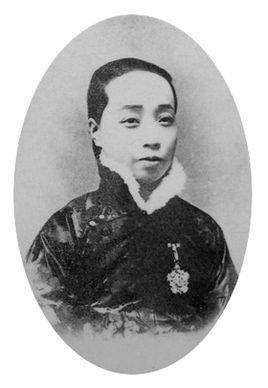
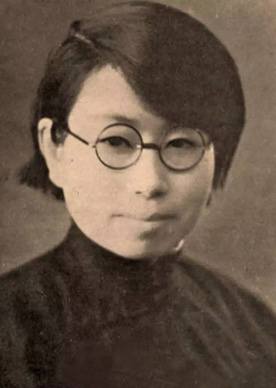
As the 20th century dawned and Western influences permeated Chinese culture, Su embroidery artists embarked on a journey of innovation.
Shen Shou absorbed elements from Western fine arts and blended them with traditional Chinese embroidery techniques. The result was the creation of simulated embroidery with ray effects—an epoch-making style that pushed the boundaries of Su embroidery and added new dimensions of visual depth and realism. From then on, Su embroidery began to develop in a different way from the other silk embroideries which still stuck to the traditional embroidery techniques.
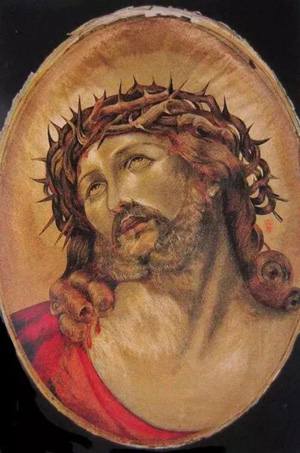
Yang Shouyu, not born in Suzhou, but Changzhou a city less than 100 km from Suzhou, had great impact on Su embroidery too. In the early 1930s, Yang Shouyu, the director of the embroidery department at the Zhengze Girls' Vocational School in Danyang, Jiangsu, introduced "random-stitch," a groundbreaking embroidery technique which took Su embroidery to a new height.
Random stitch involves a less structured and more improvisational approach to stitching. This technique involves crisscrossing stitches in a seemingly random manner, resulting in a less orderly and more painterly effect compared to traditional parallel stitches.
It's a fascinating intersection of hand embroidery and oil painting techniques. This blending of creation techniques in traditional silk embroidery and western oil paintings produces unique and visually striking results, offering a fresh perspective on the ancient art.
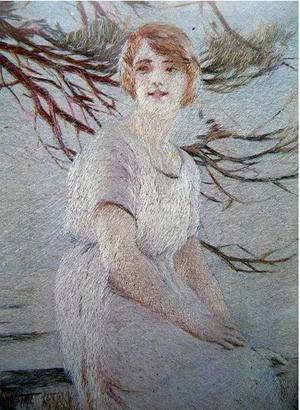
There are four main aspects that determine the quality of Su embroidery and other Chinese embroideries as well, namely size of silk threads, length of stitches, density of embroidery work and colors of silk threads.
For tips on how to pick a high quality Su embroidery artwork, plesae refer to the article Quality Standards of Su Embroidery Studio. This comprehensive guide is also applicable to judge the other forms of Chinese silk embroidery.
Su Embroidery Art on the International Stage
Su embroidery, with its exquisite skills, rich local characteristics and national style, has been presented to countries around the world as national gifts more than 100 times.
In 1972, the Suzhou embroidery "Spring Birdsong" was presented as a state gift to the then U.S. President Richard Nixon, who was visiting China at that time.
In 1973, double-sided embroidery "Persian Cat" presented to French President Georges Pompidou.
In 1979, when Chinese President Deng Xiaoping visited the United States, he presented the Su embroidery "Cat Playing with Grasshopper" as a state gift to then U.S. President Jimmy Carter, and later this piece of artwork even appeared on the U.S. postcards.
In October 1986, when Queen Elizabeth II visited China, Chinese President Li Xiannian presented the Suzhou embroidery "Portrait Embroidery of the Queen of England" as a national gift.
On July 3-4, 2014, Chinese President Xi Jinping paid a state visit to South Korea and presented South Korean President Park Geun-hye with a fine piece of Suzhou embroidery, Hibiscus Blossoms.
On November 13, 2014, President Xi Jinping presented Mexican President Peña with a piece of Suzhou embroidery, Peña and Rivera.
On October 20, 2015, Queen Elizabeth exchanges gifts with visiting Chinese President Xi Jinping at Buckingham Palace. Among the gifts presented to the Queen by President Xi was a beautiful piece of Suzhou custom portrait embroidery of the Queen and her husband, "Years and Years Like a Song".
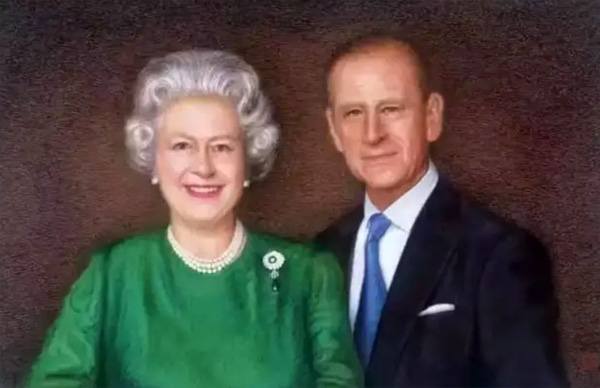

In 2009, fourteen embroidery artists in Suzhou Embroidery Research Institute spent one year on creating the largest silk embroidery the institute has ever created, Birds Singing in the Jade Bamboo Forest. Now this silk embroidery is installed on the wall of Bamboo Room in Chinese Embassy in the USA.
